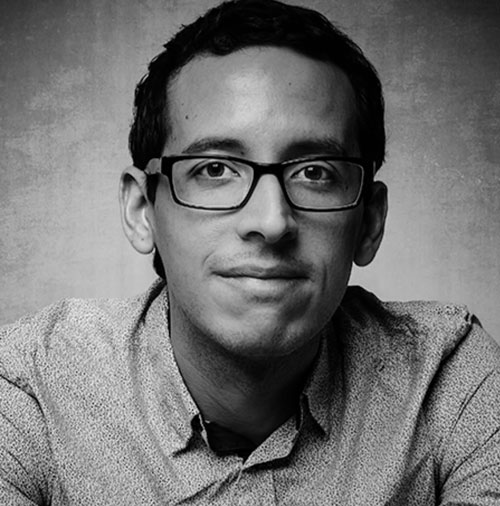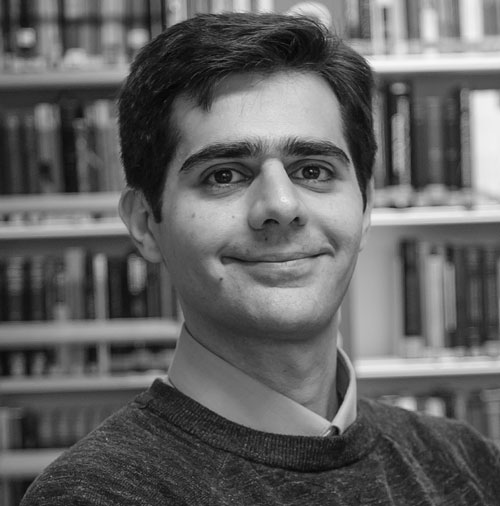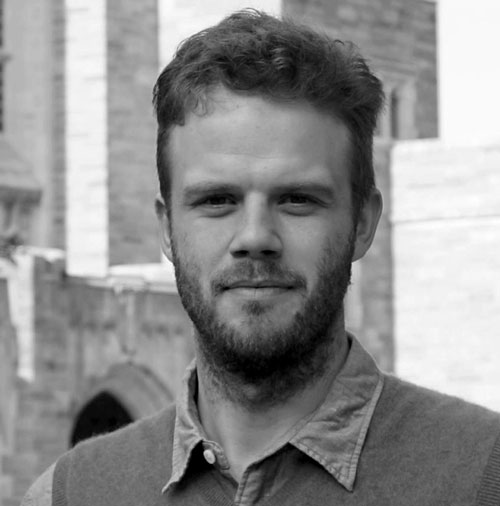Three young NBIA researchers receive Villum Young Investigator Grants

Postdoctoral researcher Mauricio Bustamante has been awarded a Villum Young Investigator Grant, for the project "Pushing Neutrino Physics to the Cosmic Frontier", in the amount of 10 million Danish kroner (1.3 million euros). The project will harness the vast potential of high-energy cosmic neutrinos to explore uncharted particle physics at the highest known energies of the Universe, far beyond the reach of particle accelerators. In finding how Nature works at its most fundamental level, for decades we have found progressively deeper answers using particle accelerators, yet ample territory remains unexplored at higher energies, ripe for discovery. This project aims to explore this territory, in breadth and depth, and maximizing the chances of discovering new physics.
Mauricio Bustamante joined the AstroNu group at NBIA as a postdoc in 2017, after having been a postdoctoral fellow at the Center for Cosmology and Astroparticle Physics (CCAPP) at the Ohio State University, following his PhD at the University of Würzburg and DESY Zeuthen. At the start of the project, in the fall of 2020, he will be promoted to
Assistant Professor at NBIA. The grant will allow him to recruit two PhD students and one postdoc over the next five years.
The recent observation of gravitational waves from the merger of two black holes marks a new era in physics: Gravitational Wave Astrophysics. This has enabled strong tests of Einstein's Theory of Relativity, but how and where the merging black holes form in our Universe are still major open questions. This project aims at unravellin their astrophysical origin, by quantifying how properties of their formation environment can be extracted from their gravitational wave signal. The grant will fund two PhD students and a postdoc.

Novo Nordisk Foundation Assistant Professor Amin Doostmohammadi at NBIA has been awarded a Villum Young Investigator Grant for the project “Engines of Life: Bioinspired Self-pumping Fluids”. It investigates the physical conditions for the development of self-pumping flows of active matter: systems as diverse as sperms, bacteria, and tissues, which all work as engines of life converting chemical energy into motion, with a prominent role in biological processes, from organ formation to tumor progression.
Amin Doostmohammadi joined the NBIA in the fall of 2019 as the first Novo Nordisk Foundation Assistant Professor, having previously held prestigious Royal 1851 Research Fellowship at Oxford University. Amin also holds a Specially Appointed Assistant Professor position at the Department of Bioengineering at the Osaka University in Japan.
The grant will allow him to hire two PhDs and two postdocs as well as the purchasing of high performance computing facilities.

Louis-Hansen Foundation Assistant Professor Johan Samsing has been awarded a Villum Young Investigator Grant for the project “Gravitational Wave Astrophysics”. The project will investigate how current and future gravitational wave detections can be used to probe how and where black holes form and merge in our Universe. The main focus of the project led by Johan Samsing will be on modeling the gravitational wave signal from black holes interacting and merging in very dense stellar systems, such as globular clusters and galactic nuclei. Such systems contain hundred-of-thousands of stars and black holes in a very small volume, which make them very effective black hole merger factories, but at the same time extremely difficult to model, and many effects are therefore still unexplored. Johan Samsing and his group will develop new analytical and numerical techniques to model such systems, with a special emphasis on properly including general relativistic effects in this multi-body problem. Together with current and upcoming gravitational wave data, the outcome of this project will make it possible to gain crucial insight into one of the biggest outstanding questions in current gravitational wave astrophysics, namely, what is the origin of the observed population of merging black holes?
Johan Samsing joined the NBIA in the of 2019 after a 4-year postdoctoral position at Princeton University. The Villum Young Investigator Grant will allow him to hire one PhD student and two postdocs during the course of the next five years.
